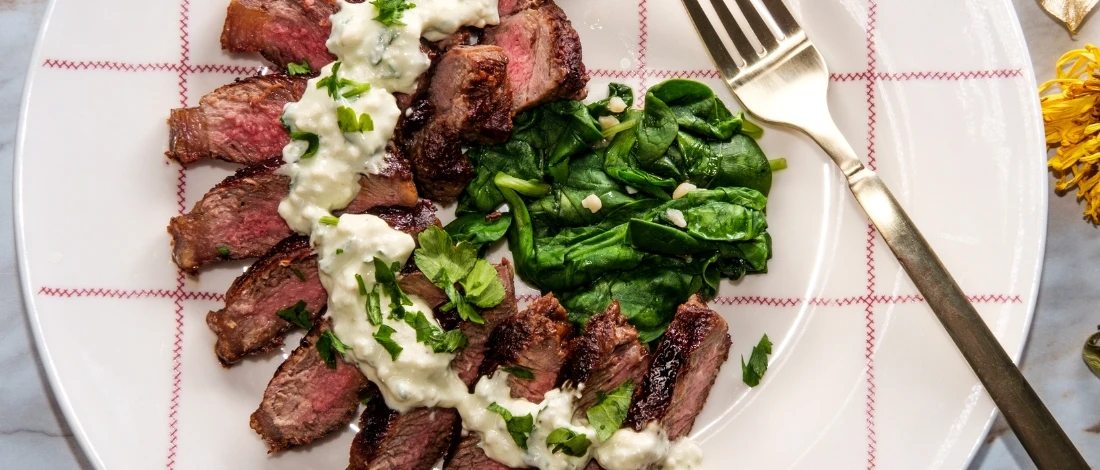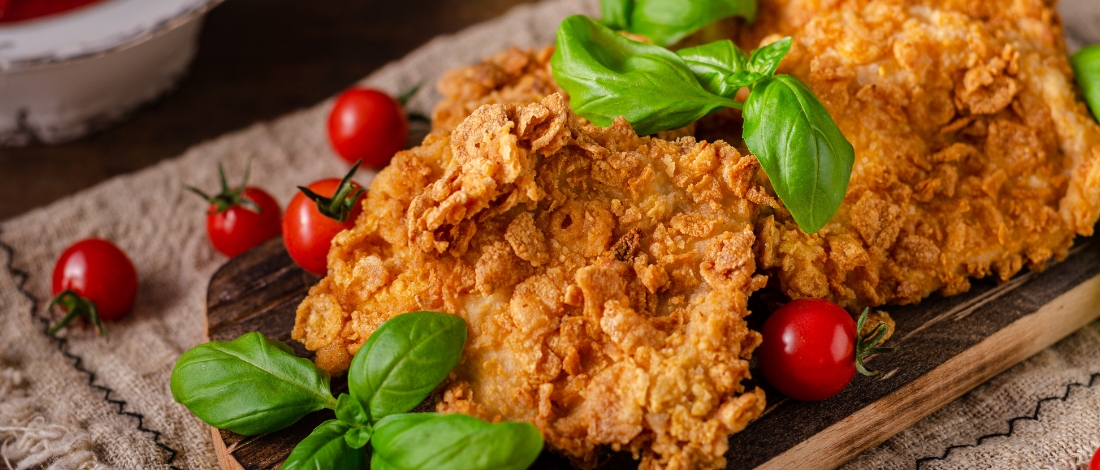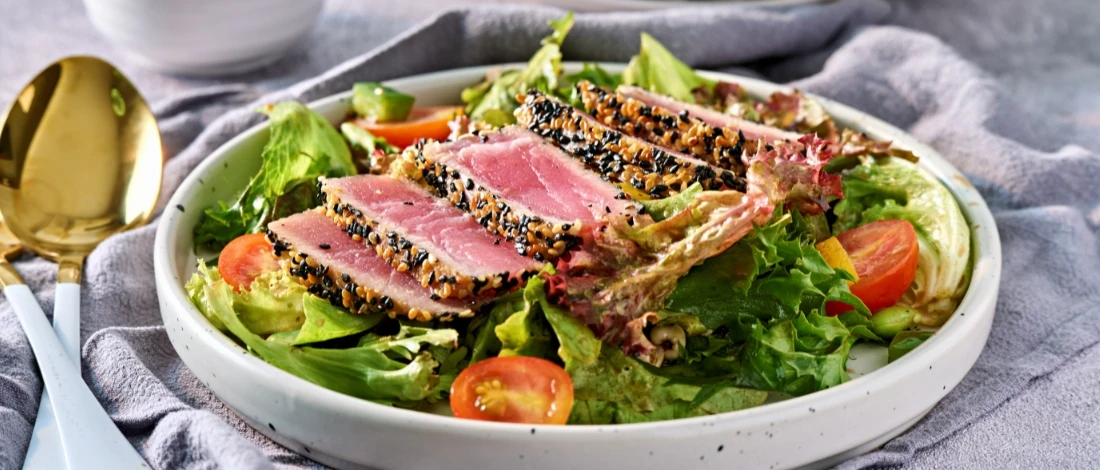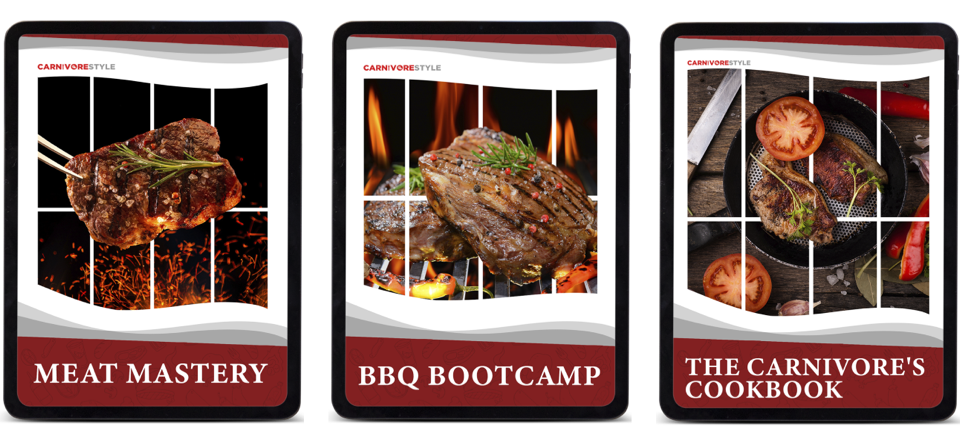I have worked with every cut of beef you can think of, and the coulotte steak is one that doesn't get enough attention.
This sirloin cap is tender, full of beefy flavor, and has a thick fat cap that makes it almost impossible to mess up. When you cook it right, the fat melts into the meat and keeps everything juicy.
Today I will share my coulotte steak recipe that shows you exactly how to cook coulotte steak whether you're using a grill or a cast iron pan.
Recipe Overview

- Prep Time 10 minutes
- Cook Time 15 minutes
- Total Time 25 minutes
- Servings 4
Ingredients
For the Steak
- 2 lbs beef coulotte steak (sirloin cap or picanha)
- 2 tbsp olive oil
- 1 tbsp kosher salt
- 1 tsp black pepper
- 1 tsp garlic powder
- 2 tbsp butter
Optional Herbs
- 2 sprigs fresh rosemary
- 3 sprigs fresh thyme
- 3 garlic cloves, smashed
Instructions

Step 1: Prep the Coulotte Steak
Take your coulotte steak out of the fridge and let it sit for 30 minutes to reach room temperature. This helps the meat cook evenly from edge to center. Pat the entire surface dry with paper towels, including the fat side. Score the fat covering in a crosshatch pattern with a sharp knife, cutting about ¼ inch deep but not into the meat itself.
Step 2: Season the Meat
Rub the steak all over with olive oil, making sure you coat every side including the fat cap. Mix your salt and pepper with the garlic powder in a small bowl, then sprinkle this steak seasoning all over the beef. Press the seasonings into the meat so they stick well. If you want extra flavor, you can add your favorite steak seasoning blend instead of just salt and pepper.
Step 3: Heat Your Cooking Surface
If you're using a cast iron skillet, place it on the stove over medium high heat and let it get smoking hot. If you plan to grill coulotte steak, preheat your grill to medium high and make sure the grill grates are clean. Brush the hot pan or grates with a thin layer of cooking oil to prevent sticking during the cooking process.
Step 4: Sear Fat Side Down First
Place the steak in the hot pan with the fat side down and let it sear for 4-5 minutes without moving it. This renders out some of the fat and creates a crispy, golden crust. The fat will start to melt and release its juices into the pan. Don't flip it too early or you won't get that nice brown color.
Step 5: Finish Cooking to Temperature
Flip the steak and sear the other side for another 4-5 minutes. Add butter, fresh rosemary, fresh thyme, and garlic cloves to the pan if using. Tilt the skillet and spoon the melted butter over the meat repeatedly. Cook until a meat thermometer inserted into the thickest part reads 130-135°F for medium rare. Watch closely during these last few minutes because the internal temperature rises fast.
Step 6: Rest and Slice
Remove the seared coulotte steak from heat and place it on a cutting board. Let the steak rest for 10 minutes so the juices redistribute throughout the meat. After resting, slice against the grain into thin strips. The uniform shape of this cut makes it easy to get even slices. Serve immediately while hot and pour any pan juices over the top for extra flavor.
"Picanha, or coulotte, is one of the best cuts for grilling because that fat cap keeps everything moist. Just score it, season it well, and don't overcook it."
- Chef Duda Goulart, chef at Rodizio
Recipe Notes
- Score the fat cap before cooking: Cutting shallow lines into the fat covering helps it render down better and prevents the steak from curling up in the pan. Don't cut too deep or you'll lose juices from the meat.
- Start with the fat side down; Rendering the fat first gives you a crispy texture and adds tons of flavor to your cast iron or grill. This also creates a base of melted fat that helps cook the rest of the meat.
- Don't skip the rest time; letting the meat rest after cooking is just as important as the actual cook time. Cutting into it too soon means all those juices run out onto your cutting board instead of staying in each slice.
- Slice against the grain Look at which direction the muscle fibers run, then cut perpendicular to them. This makes each bite more tender because you're shortening those fibers instead of leaving them long and chewy.
Nutrition Facts (Per Serving)

- Calories (nutrition calories): 420
- Protein: 46g
- Fat: 24g
- Saturated Fat: 9g
- Carbs: 1g
- Sugar: 0g
- Cholesterol: 135mg
- Sodium: 720mg
How to Pick the Best Coulotte Steak
When I'm shopping for this cut, these are the things I look for to make sure I'm getting quality beef.
- Check the fat cap thickness: A good beef coulotte steak should have a fat layer that's at least ½ inch thick on one side. This fat is what makes picanha steak so special and keeps it from drying out during high heat cooking.
- Look for a bright red color: Fresh sirloin should be a vibrant red, not brown or gray. If the meat looks dull or has any off smell, skip it and find a better piece.
- Check the grain direction: The muscle fibers in a coulotte run in one clear direction. When you buy it, notice which way the grain goes so you remember to slice against it after cooking for maximum tenderness.
- Choose a piece with uniform shape: The more even the thickness throughout, the easier it is to cook evenly. Avoid pieces that taper too much at one end because those thin parts will overcook while the thick parts are still raw.
Best Side Dishes to Serve With

Here are my go-to sides that work perfectly with the rich flavor of seared coulotte.
1. Garlic Mashed Potatoes
Boil peeled potatoes until soft, then mash them with butter, cream, and roasted garlic cloves. The creamy texture and mild garlic flavor pair perfectly with the beefy sirloin.
2. Grilled Vegetables
Toss zucchini, bell peppers, and onions with olive oil, salt, and pepper, then grill them until they have char marks. The smoky vegetables add color and freshness to your dinner plate.
3. Caesar Salad
Chop romaine lettuce and toss it with Caesar dressing, croutons, and parmesan. The crisp, tangy salad cuts through the richness of the meat and keeps the meal from feeling too heavy.
4. Roasted Asparagus
Toss asparagus spears with olive oil, salt, and pepper, then roast them in a hot oven until the tips get crispy. They're simple, healthy, and take less time than the steak to cook.
5. Brazilian Rice and Beans
Cook white rice with garlic and butter, then serve it alongside black beans seasoned with cumin. This combination is traditional with picanha in Brazil and adds heartiness to the meal.
Related Articles:
FAQs
1. What's the Difference Between Coulotte and Picanha?
The difference between coulotte and Picanha is that Picanha is the Brazilian name for this top sirloin cap, while coulotte is what American butchers usually call it. Both refer to that triangular piece of sirloin with the thick fat covering on one side.
2. Can I Cook This in the Oven Instead?
Yes, you can cook this in the oven instead. Sear the steak in your cast iron skillet on the stove over medium high for 3 minutes per side, then transfer the whole pan to a preheated oven at 400°F. Roast until the meat thermometer reads your desired internal temperature, usually 8-10 minutes for medium.
3. Should I Trim Off the Fat Cap Before Cooking?
No, do not trim off the fact cap before cooking. That's the best part of this cut and what gives it so much flavor. You can trim it off after cooking if you don't want to eat it, but cooking with it on keeps the meat moist and tender.
4. How Do I Know When It's Done Without a Thermometer?
To know when it’s done without a thermometer, press the meat with your finger. For medium rare, it should feel like the fleshy part of your palm below your thumb when you touch your thumb and middle finger together.








